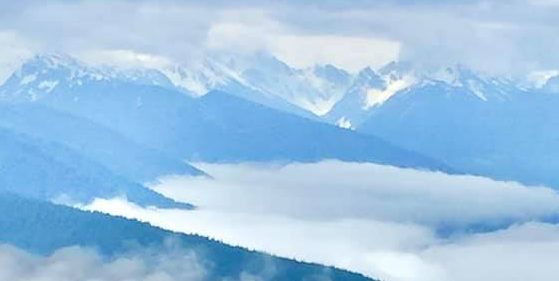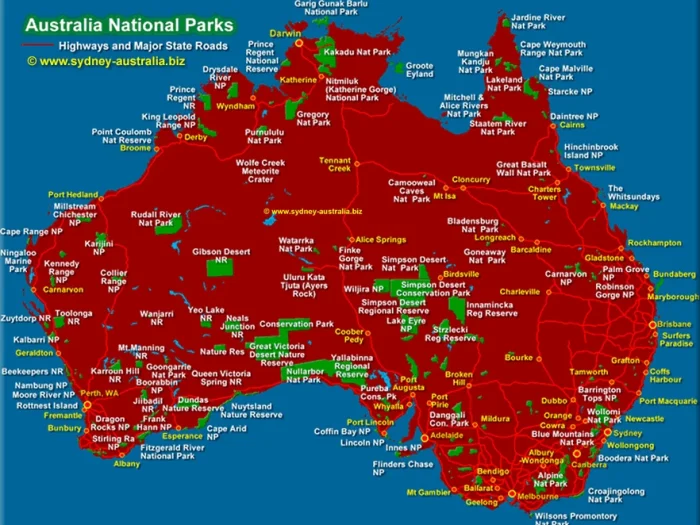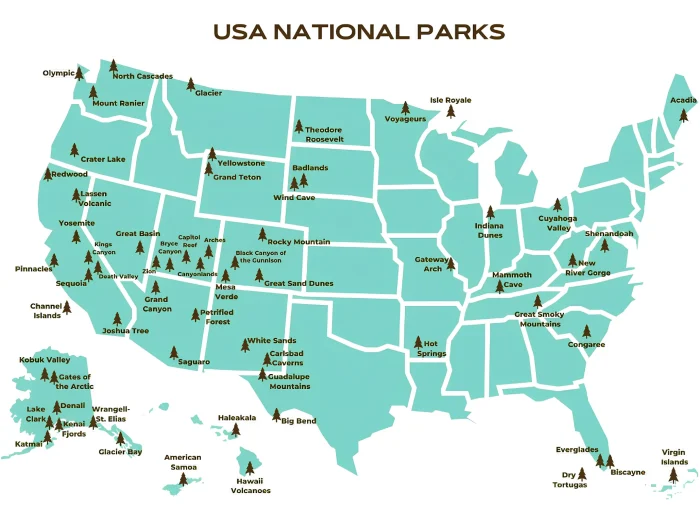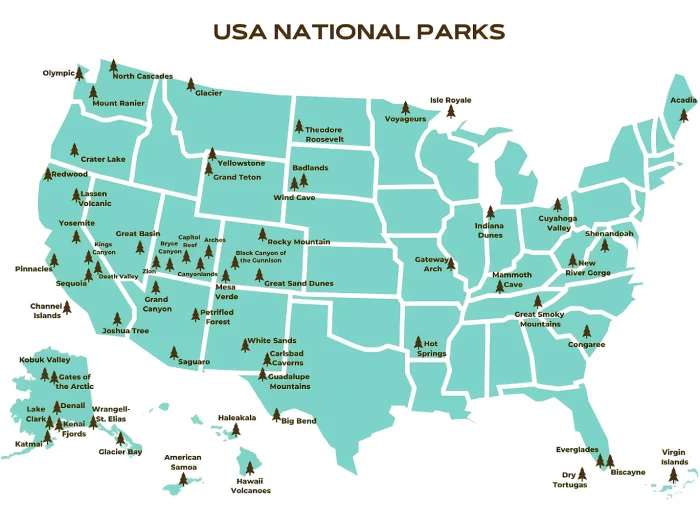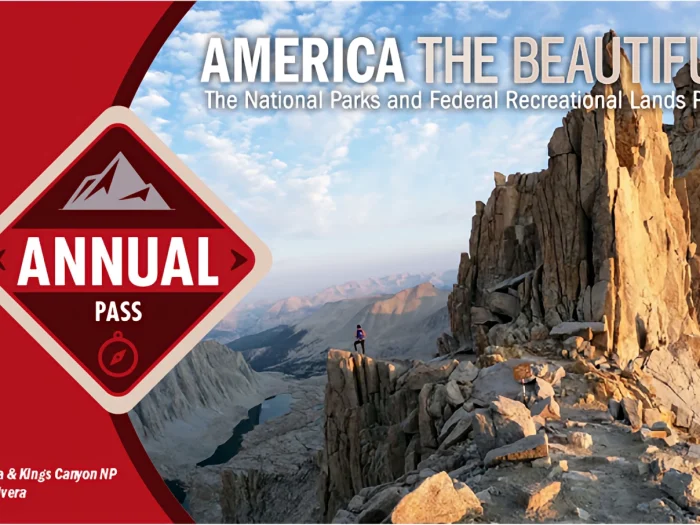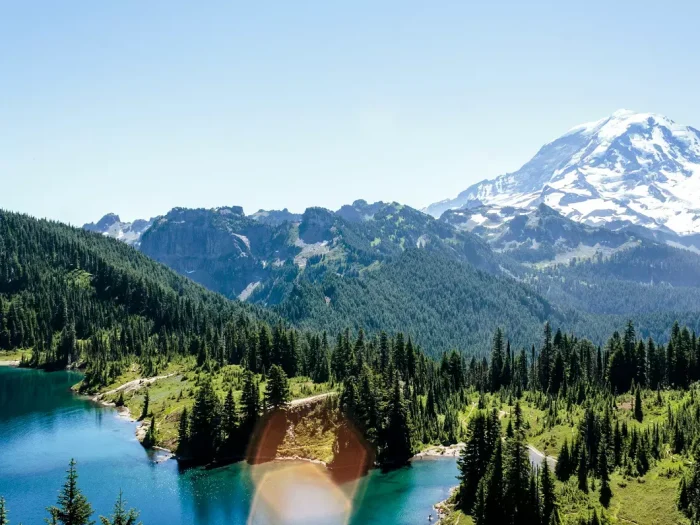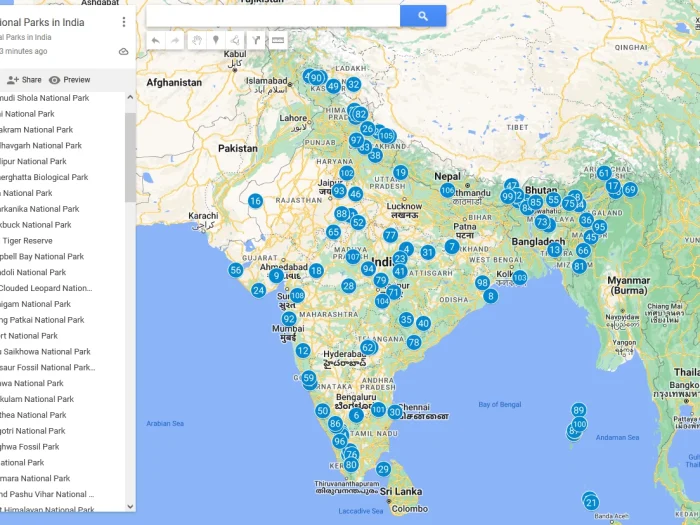Best Things to Do in Rocky Mountain National Park
Nestled in the heart of Colorado, Rocky Mountain National Park is one of the most breathtaking natural destinations in the United States. With over 400 square miles of majestic peaks, alpine lakes, and abundant wildlife, it’s a paradise for outdoor lovers, photographers, and anyone seeking a true wilderness experience. Whether you’re visiting for a weekend getaway or a full adventure, here are the best things to do in Rocky Mountain National Park.

1. Drive the Iconic Trail Ridge Road
Known as the “Highway to the Sky,” Trail Ridge Road is one of America’s most scenic drives. Stretching 48 miles between Estes Park and Grand Lake, it climbs to over 12,000 feet above sea level, offering panoramic views of the Rockies. Along the way, you’ll pass through alpine tundra, wildflower meadows, and viewpoints like Forest Canyon Overlook and Rock Cut.
🕓 Best time to visit: Late May through early October, when the road is fully open.
2. Hike to Emerald Lake
If you’re looking for the perfect balance of beauty and accessibility, Emerald Lake Trail is a must. This 3.6-mile round-trip hike begins at the Bear Lake Trailhead and passes by Nymph Lake and Dream Lake before reaching the jewel-like Emerald Lake. The mirror-like reflections of Hallett Peak make this one of the park’s most photographed spots.
🥾 Tip: Arrive early in the morning to avoid crowds and secure parking.
3. Explore Bear Lake and Surrounding Trails
Bear Lake is one of the park’s most popular and accessible attractions. It’s an easy 0.6-mile loop trail that circles a stunning alpine lake framed by dramatic mountain peaks. From here, you can connect to other great trails like Alberta Falls, Mills Lake, and The Loch for more adventure.
4. Spot Wildlife in Moraine Park
Moraine Park is a haven for wildlife enthusiasts. It’s one of the best places to see elk, mule deer, and even the occasional black bear. During the fall, the park comes alive with the haunting bugle calls of elk during the rutting season — an unforgettable natural spectacle.
📸 Best time: Early morning or dusk for optimal wildlife sightings.
5. Go Camping Under the Stars
There’s no better way to experience Rocky Mountain National Park than by camping beneath its vast, starlit sky. Popular campgrounds include Moraine Park, Glacier Basin, and Aspenglen. Reservations are highly recommended during peak season.
🌌 Bonus: On clear nights, you can enjoy incredible stargazing opportunities thanks to the park’s high elevation and low light pollution.
6. Visit the Alpine Visitor Center
Located at an elevation of 11,796 feet, the Alpine Visitor Center is the highest visitor center in the National Park System. It offers educational exhibits about the park’s alpine tundra ecosystem and a short trail that leads to stunning mountain vistas. Don’t forget to bring a jacket — even in summer, temperatures can drop quickly!
7. Discover Hidden Waterfalls
The park is dotted with beautiful waterfalls accessible via short hikes. Some of the most scenic include:
- Alberta Falls (easy, 1.6 miles round-trip)
- Ouzel Falls (moderate, 5.4 miles round-trip)
- Chasm Falls (accessible via Old Fall River Road)
💦 Tip: Visit in late spring or early summer when snowmelt makes the waterfalls most powerful.
8. Take a Ranger-Led Program
Rocky Mountain National Park offers guided ranger programs, including stargazing tours, wildlife talks, and guided hikes. These programs are a great way to learn about the park’s history, ecology, and conservation efforts — perfect for families or curious travelers.
9. Experience Winter Adventures
Rocky Mountain National Park isn’t just a summer destination. In winter, the landscape transforms into a snowy wonderland perfect for snowshoeing, cross-country skiing, and winter wildlife watching. Trails like Bear Lake and Sprague Lake are especially magical under a blanket of snow.
10. Capture Sunrise at Sprague Lake
For photographers, Sprague Lake offers one of the best sunrise spots in the park. The calm waters reflect the Continental Divide peaks, creating a postcard-perfect scene. It’s a short, flat walk from the parking area — ideal for an early-morning start.
Final Tips for Visiting Rocky Mountain National Park
- Arrive early: Parking lots fill up quickly, especially at Bear Lake.
- Check the weather: Conditions can change rapidly, especially at higher elevations.
- Stay hydrated: The high altitude can affect even experienced hikers.
- Reserve timed-entry permits: The park often requires reservations during peak season (usually May–October).
In Summary
Whether you’re driving along Trail Ridge Road, hiking to pristine alpine lakes, or watching elk in the meadows, Rocky Mountain National Park promises an unforgettable adventure. With its awe-inspiring landscapes and endless outdoor activities, it’s easy to see why this Colorado gem is one of America’s favorite national parks.
Frequently Asked Questions
1. How long does it take to drive Trail Ridge Road?
The full drive across Trail Ridge Road from Estes Park to Grand Lake takes about 2–3 hours one way, depending on stops and traffic. Most visitors take half a day to enjoy the views, photo spots, and short hikes along the way.
2. When is Trail Ridge Road open?
Trail Ridge Road typically opens from late May through early October, depending on snow levels. The exact dates vary each year, so it’s best to check the National Park Service website before your trip.
3. What are the easiest hikes for beginners in the park?
Some of the best easy hikes include Bear Lake Loop (0.6 miles), Sprague Lake Trail (0.8 miles), and Alberta Falls (1.6 miles round-trip). These offer great views without steep climbs.
4. What are the most scenic hikes in Rocky Mountain National Park?
Top scenic trails include Emerald Lake, Sky Pond, Mills Lake, and The Loch. Each features alpine lakes, mountain reflections, and wildflower meadows in summer.
5. What should I bring for hiking in Rocky Mountain National Park?
Essential items include water, snacks, map or GPS, layered clothing, rain jacket, sunscreen, and sturdy hiking boots. Weather can change quickly, especially at high elevations.
6. Are dogs allowed on the trails in Rocky Mountain National Park?
No, dogs are not allowed on hiking trails or in the backcountry for wildlife protection. They are permitted in campgrounds, picnic areas, and parking lots if kept on a leash no longer than 6 feet.
7. Where can I see wildlife in the park?
The best spots include Moraine Park, Horseshoe Park, and Kawuneeche Valley. Visitors frequently spot elk, mule deer, moose, bighorn sheep, and pikas.
8. What’s the best time of day for wildlife viewing?
Wildlife is most active during early morning (sunrise) and late evening (sunset). These times offer the best light for photography, too.
9. Can I camp inside Rocky Mountain National Park?
Yes! There are five developed campgrounds — Moraine Park, Glacier Basin, Aspenglen, Timber Creek, and Longs Peak. Reservations are required for most sites during summer.
10. Is backcountry camping allowed?
Yes. Backcountry camping is allowed with a Backcountry Wilderness Permit. You’ll need to plan ahead, follow Leave No Trace principles, and store food properly to avoid wildlife encounters.
11. What are the best waterfalls to visit in the park?
Top waterfalls include Alberta Falls, Ouzel Falls, Chasm Falls, and Timberline Falls. The best time to see them is late spring to early summer, when snowmelt is at its peak.
12. Where can I take the best photos in Rocky Mountain National Park?
Photographers love Sprague Lake (sunrise reflections), Dream Lake (early morning light), Trail Ridge Road overlooks, and Moraine Park (elk at sunset).
13. Are there guided tours in the park?
Yes. The park offers ranger-led walks, stargazing programs, and wildlife talks. Private tour companies in Estes Park also provide photography and 4×4 scenic tours.
14. What are the best spots for sunrise and sunset?
For sunrise, head to Sprague Lake, Dream Lake, or Many Parks Curve. For sunset, Moraine Park and Trail Ridge Road overlooks offer fantastic views.
15. Is it worth visiting Rocky Mountain National Park in winter?
Absolutely. Winter transforms the park into a snowy paradise for snowshoeing, cross-country skiing, and wildlife photography. Fewer crowds make it a peaceful experience.
16. What winter activities can I do in the park?
Popular winter activities include snowshoeing at Bear Lake, sledding at Hidden Valley, and cross-country skiing near Sprague Lake or Moraine Park.
17. Are there picnic areas in Rocky Mountain National Park?
Yes, the park has many scenic picnic areas including Hidden Valley, Endovalley, and Sprague Lake. Many offer tables, restrooms, and great mountain views.
18. How high is the Alpine Visitor Center?
The Alpine Visitor Center sits at 11,796 feet (3,595 meters) — making it the highest visitor center in the entire U.S. National Park System. It’s a must-visit for epic views and educational exhibits.
19. What should I know about altitude sickness?
The park’s high elevation can cause fatigue, headaches, and dizziness. Drink plenty of water, avoid alcohol, eat light, and ascend gradually. Take breaks if you feel lightheaded.
20. Do I need a timed-entry reservation to visit?
Yes — during May through October, Rocky Mountain National Park uses a timed-entry reservation system. You can book your entry online through the National Park Service website.
